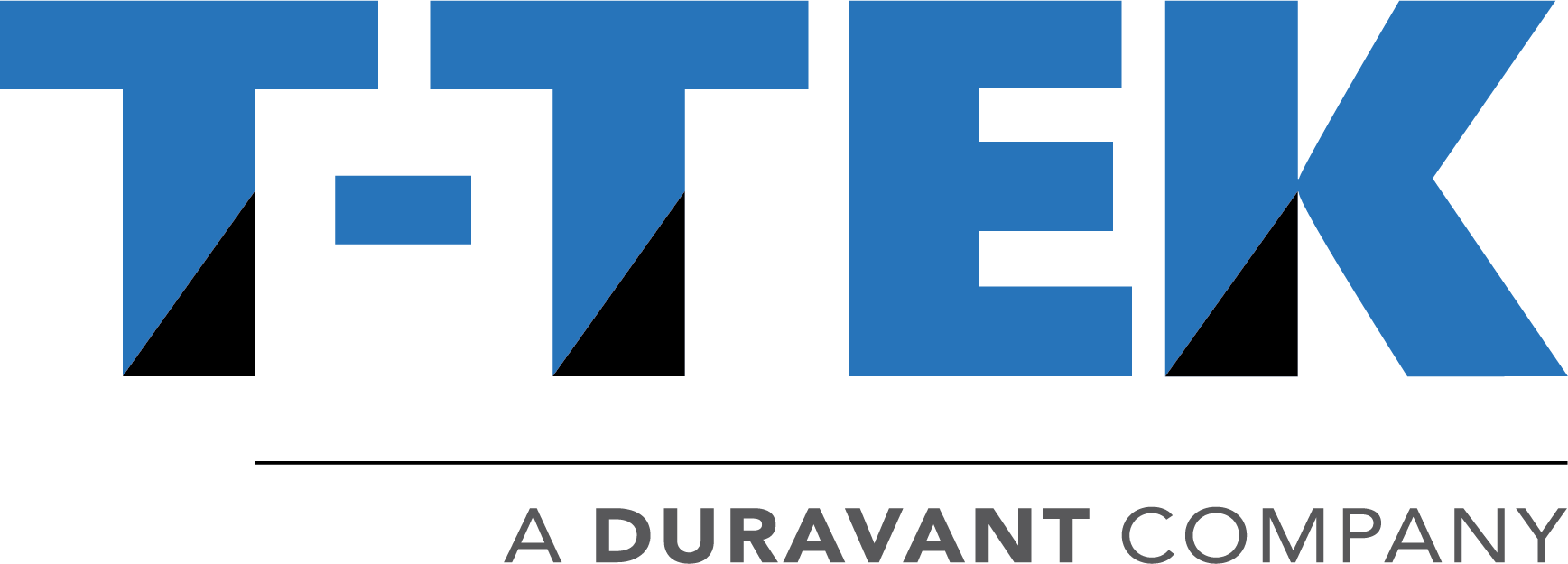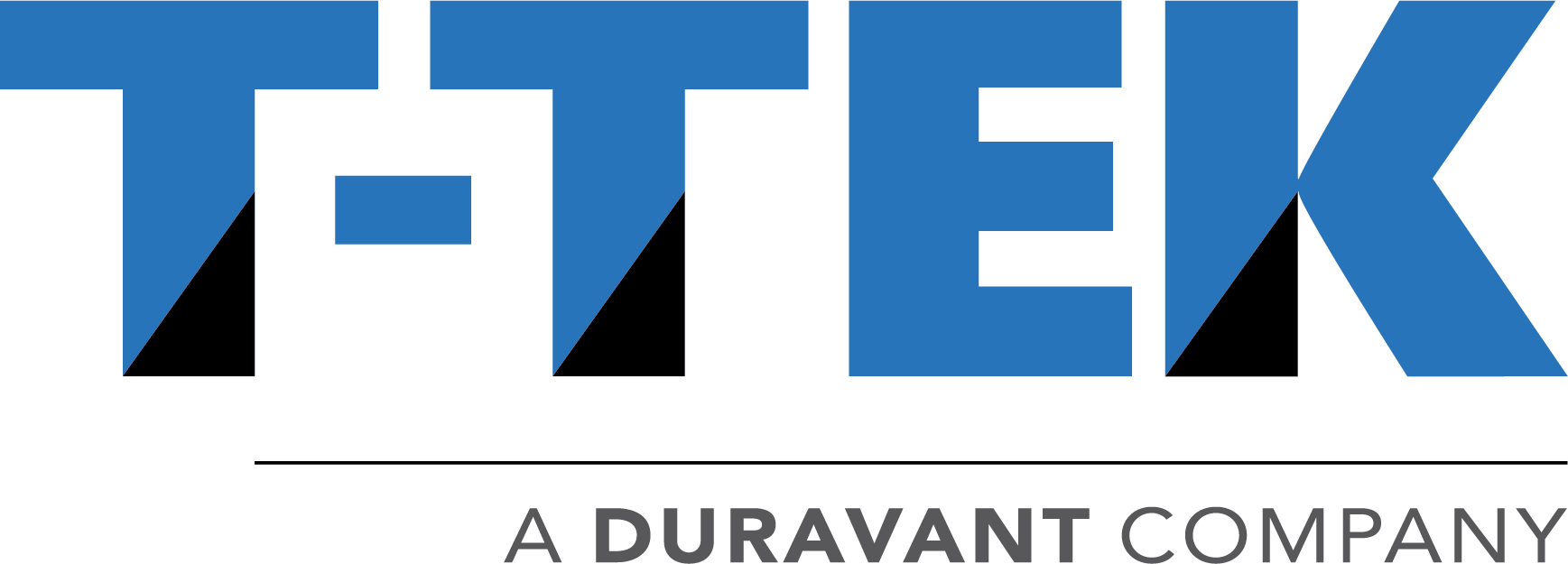T-TEK began as a field service company and our service department is built on those roots. Many of our technicians have more than a decade of service experience and have worked on a wide variety of production equipment by many different manufacturers. Our Service Department will help you maintain your equipment in the areas such as:
- Equipment Interface
- HMI and Data Acquisition Support
- Equipment Audits
- Palletizer Pattern Additions
- Palletizer Speed Adjustments
- Palletizer/Depalletizer Tune-Ups
- PLC Programming
- PLC Support and Back-Up
- Hydraulic Equipment Support
Let our experienced staff regularly check your Equipment.
Staff Training
While you as a maintenance manager might understand all of what needs to be done to maintain the Palletizer’s quality, it does not do much good if the operators using the machine are not properly trained. Simple training ensuring operators know what is expected from them in keeping equipment clean can make the world of difference.
CLEANLINESS
Trying to keep your equipment clean is imperative. When dirt and trash wrapping on or around the shafts, sprockets, bearings, divider shift-points, and shift-blocks may increase erosion and cause damage. Before and after every shift an operator should check the equipment for cleanliness and take the appropriate actions like removing any debris from in front of or around the Hoist, Accumulator Rollers, and Divider. Trash on or around these areas may cause damage. This simple step could end up preventing downtime and increasing machine life.
Stock Spare Parts
There is no substitute for having spare parts right when you need them. Every Palletizer and equipment you purchase will come with a recommended spare parts list. Purchasing these items before the equipment breaks down is an important step in limiting downtime.
Plan Preventative Maintenance
PM is the regular and routine maintenance of equipment and assets to keep them running and prevent any costly unplanned downtime from unexpected equipment failure. A successful maintenance strategy requires planning and scheduling maintenance of equipment before a problem occurs. The most important thing you can do is read the equipment manual and comply with the recommended maintenance schedule. It is a good idea to have a calendar or a logbook near the Palletizer indication when the proper maintenance actions need to take place.
Here are some procedures that should be performed daily before the start-up of the Palletizer:
- Be sure that all fluid reservoirs have ample amounts of fluids. This includes the pneumatic FRL, divider lubricator pump reservoir, and bearing lubricator reservoirs.
- Ensure that the FRL water trap and the air systems reservoir are drained.
- Be sure to keep trash from wrapping around shafts, sprockets, and bearings. Remove any debris from in front of or around the hoist, accumulator rollers, and divider. Trash on or around these areas may cause damage.
- Check air supply for proper pressure.
- Check all photoeyes and reflectors to ensure that they are properly positioned, clean, and in working condition.
- Ensure the divider is shifting properly and adjust timing when needed.
- Check product guides for correct adjustment.
And, here are some procedures that should be performed monthly basis:
- General:
- Check all chains for tautness.
- Check all limit switches and actuator arms to ensure that they are tight and in good condition.
- Check all proximity switches and actuators to ensure that they are tight and in good condition.
- Visually inspect all bearings and sprockets.
- Visually inspect the hoist gearboxes and brake oil levels.
- Visually inspect the Divider shift points for excessive wear. Remove any trash or blow out any accumulation of dust and debris from this area.
- Case Infeed Belt:
- Inspect drive chains and jump chains and tighten where needed.
- Inspect mat top for wear, alignment, and tighten where needed.
- Inspect brake on drive motor for stopping time.
- Divider:
- Inspect roller chain and wear strip and tighten where needed.
- Inspect shift blocks for alignment and snug adjustments.
- Inspect shift blocks for damage and wear – replace as needed.
- Inspect shift points for wear and alignment – replace as needed.
- Inspect slats and dowel pins for damage or wear – replace as needed.
- Accumulator Beds:
- Check case turners for damage, wear, position, and smooth operation.
- Check the layer stop rollers for proper height.
- Check any pushovers for damage, wear, and smooth operation.
- Check rod eye connections at layer stops for wear.
- Compression Area:
- Check apron slats for damage and wear.
- Check side compression arms for correct level, damage, and wear.
- Inspect end compression bars and clips for damage and wear.
- Pallet Hoist:
- Check Pallet Hoist level and positioning -- adjust as needed.
- Inspect pallet stops and check for correct operation.
- Outfeed:
- Check drive sprockets for damage, wear, and alignment; adjust as needed
- Dispenser Area:
- Check Dispenser Hoist level and positioning – adjust as needed
- Check jog box and jog functions.
- Pneumatics:
- Check hoses, cylinders, and valves for leaks.

